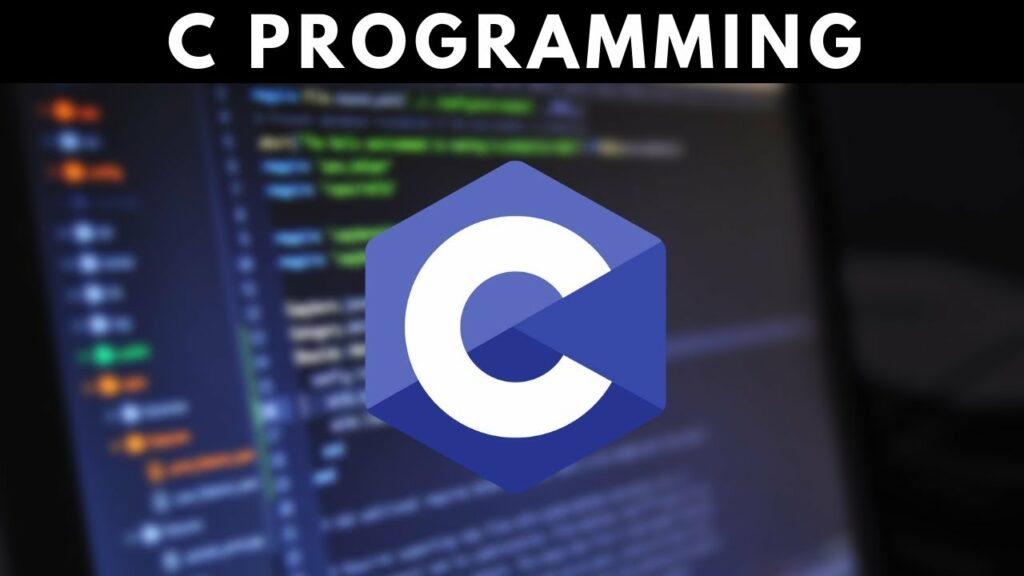
Free eBooks for Beginners
Strings are a fundamental data type in C programming, and are used to represent sequences of characters. In this article, we’ll provide a layman’s explanation of strings in C, including how to declare, initialize, and manipulate strings in your programs.
In C, a string is represented as an array of characters. The last character in a string is a special character called the null character, which is represented by the value ‘\0’. The null character is used to indicate the end of the string.
To declare a string in C, you simply declare an array of characters and initialize it with a sequence of characters enclosed in double quotes. For example, the following code declares a string called “str” and initializes it with the word “hello”:
char str[] = "hello";You can also declare a string without initializing it, and then assign a value to it later in your program. For example, the following code declares a string called “str” without initializing it:
char str[100];You can manipulate strings in C using a variety of built-in functions, such as “strcpy()” and “strcat()”. The “strcpy()” function allows you to copy one string to another, while the “strcat()” function allows you to concatenate two strings together. For example, the following code uses “strcpy()” to copy the string “hello” to the string “str”:
strcpy(str, "hello");In addition to the built-in functions, you can also manipulate strings using various looping and conditional statements, such as “for” loops and “if” statements. This allows you to write more complex programs that can process strings in a variety of ways.
It’s also important to note that in C, strings are not null-terminated by default. This means that you need to add the null character to the end of your strings manually, using the “\0” character.
In conclusion, strings are a fundamental data type in C programming, and are used to represent sequences of characters. By understanding how to declare, initialize, and manipulate strings in C, you’ll be able to write more powerful and flexible programs. With a solid understanding of strings, you’ll be well on your way to becoming a skilled C programmer.
C Programming for Beginners – Chapter 23 : Strings in C
 Loading...
Loading...
Disclaimer: The information and code presented within this recipe/tutorial is only for educational and coaching purposes for beginners and developers. Anyone can practice and apply the recipe/tutorial presented here, but the reader is taking full responsibility for his/her actions. The author (content curator) of this recipe (code / program) has made every effort to ensure the accuracy of the information was correct at time of publication. The author (content curator) does not assume and hereby disclaims any liability to any party for any loss, damage, or disruption caused by errors or omissions, whether such errors or omissions result from accident, negligence, or any other cause. The information presented here could also be found in public knowledge domains.